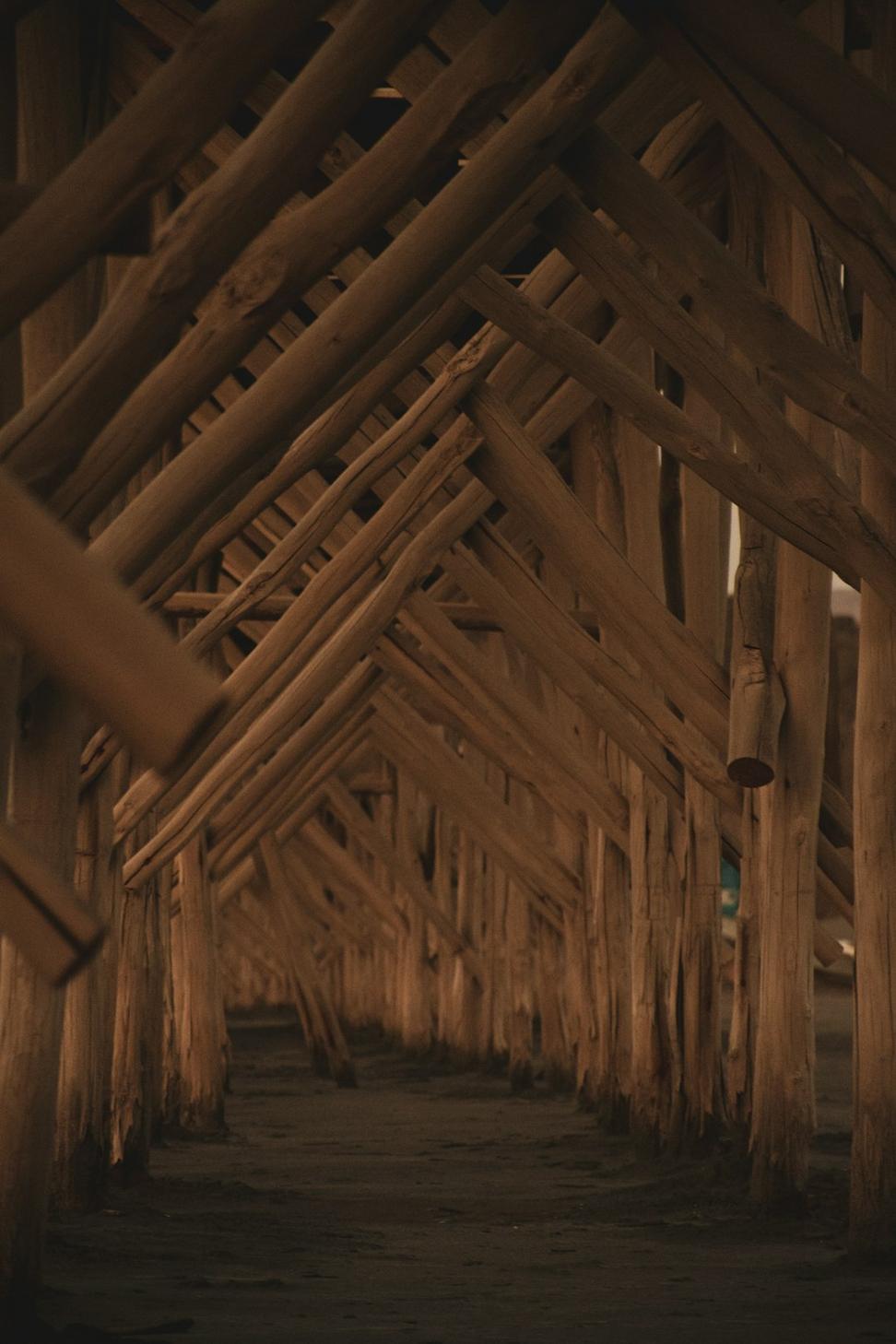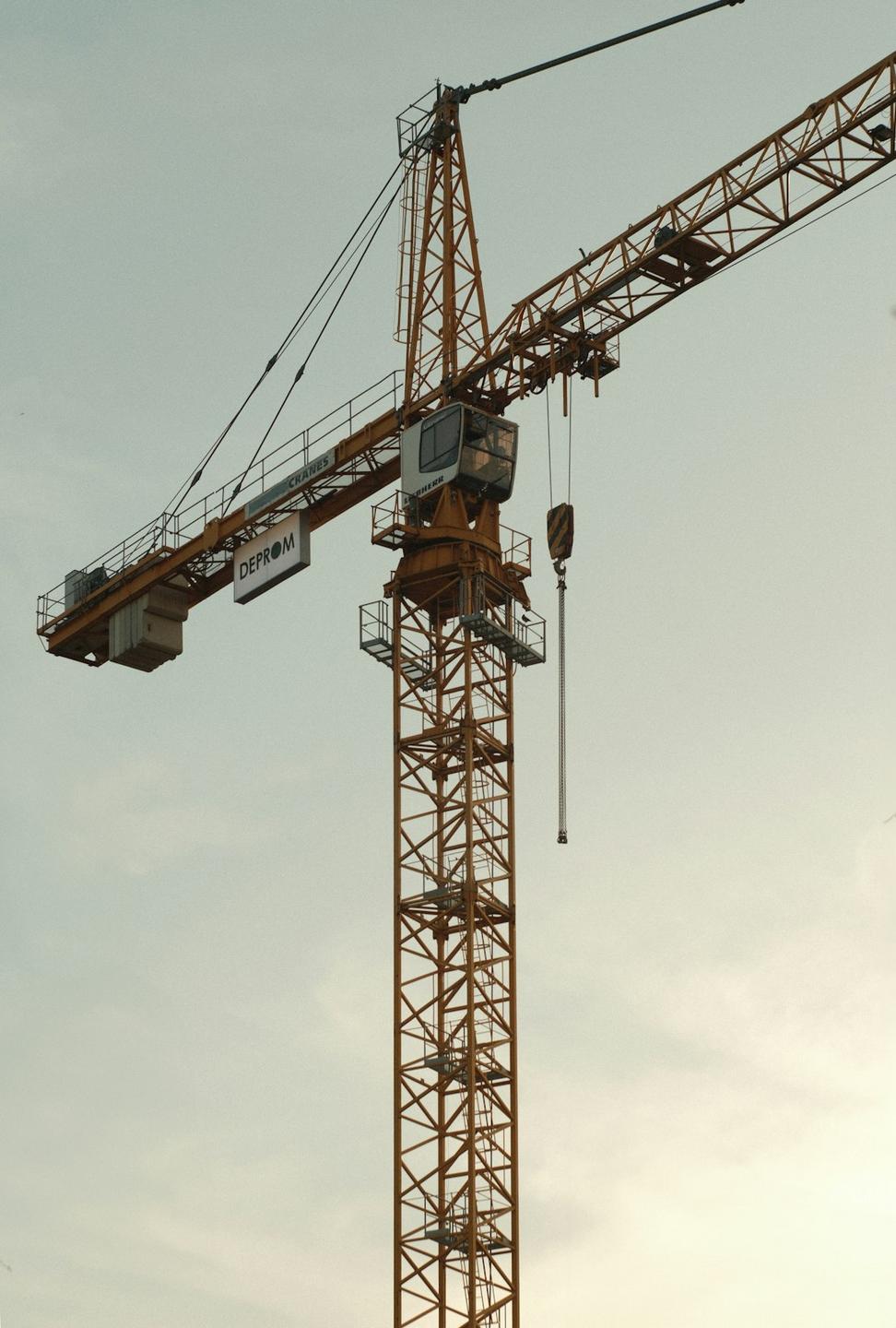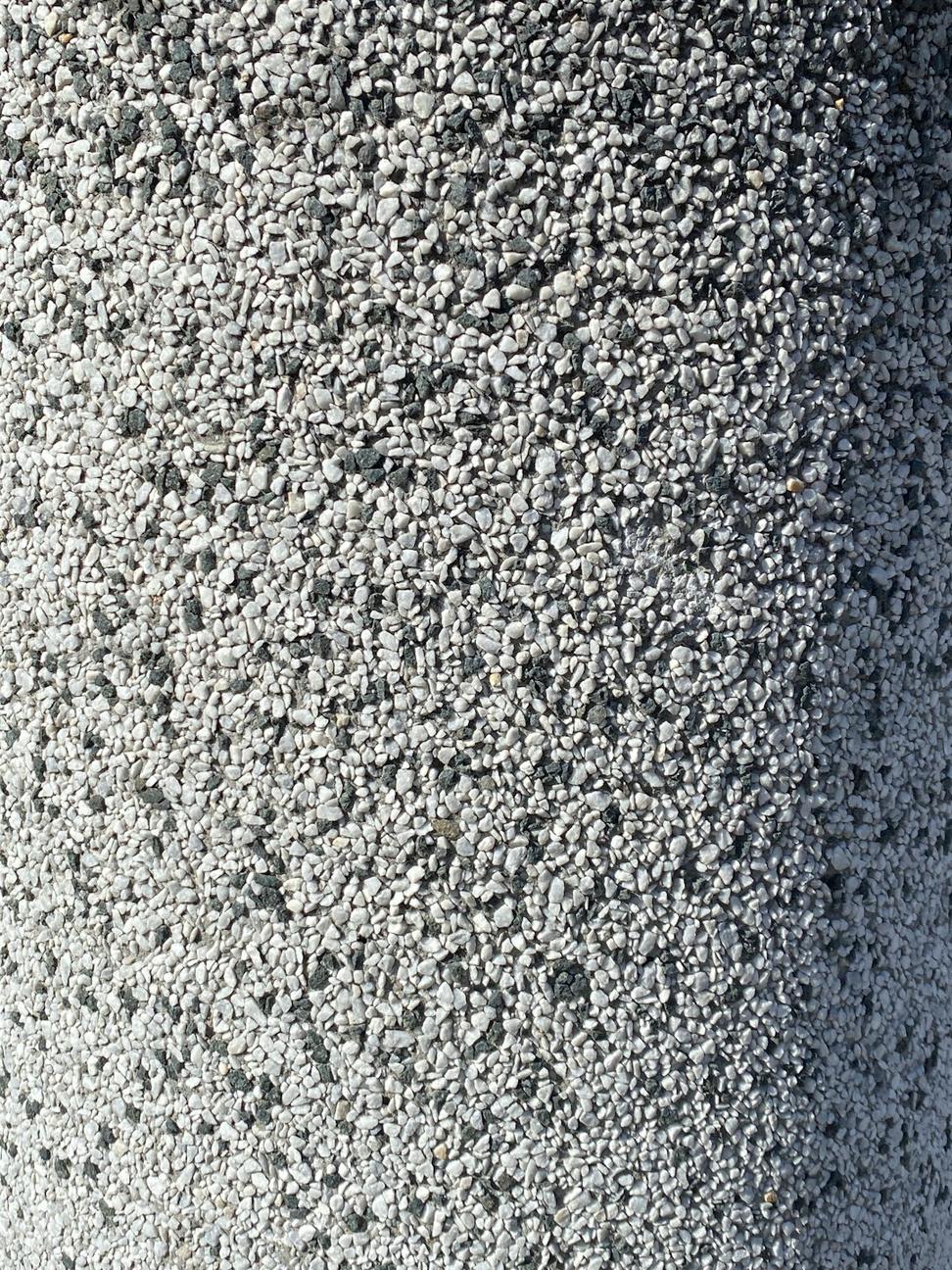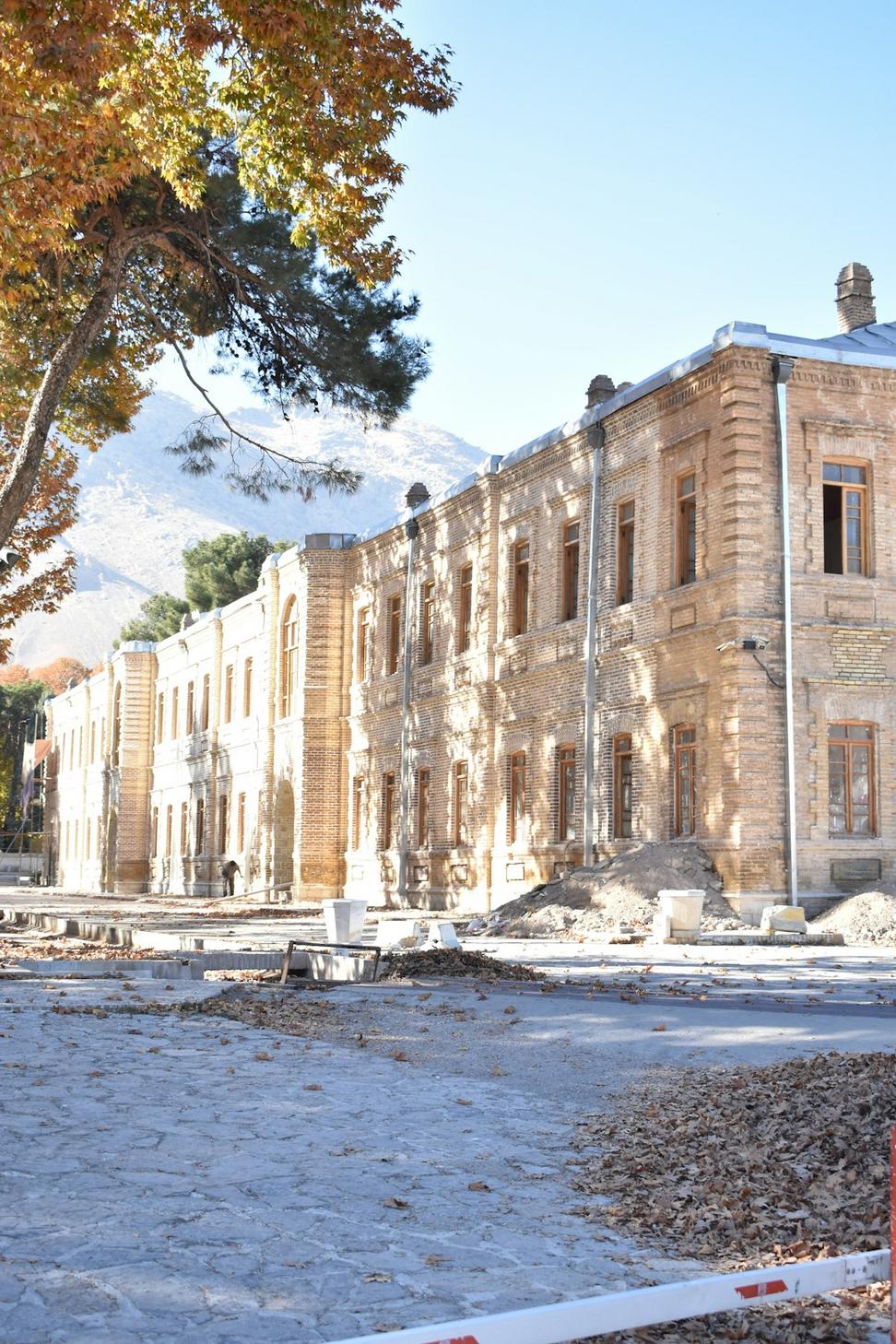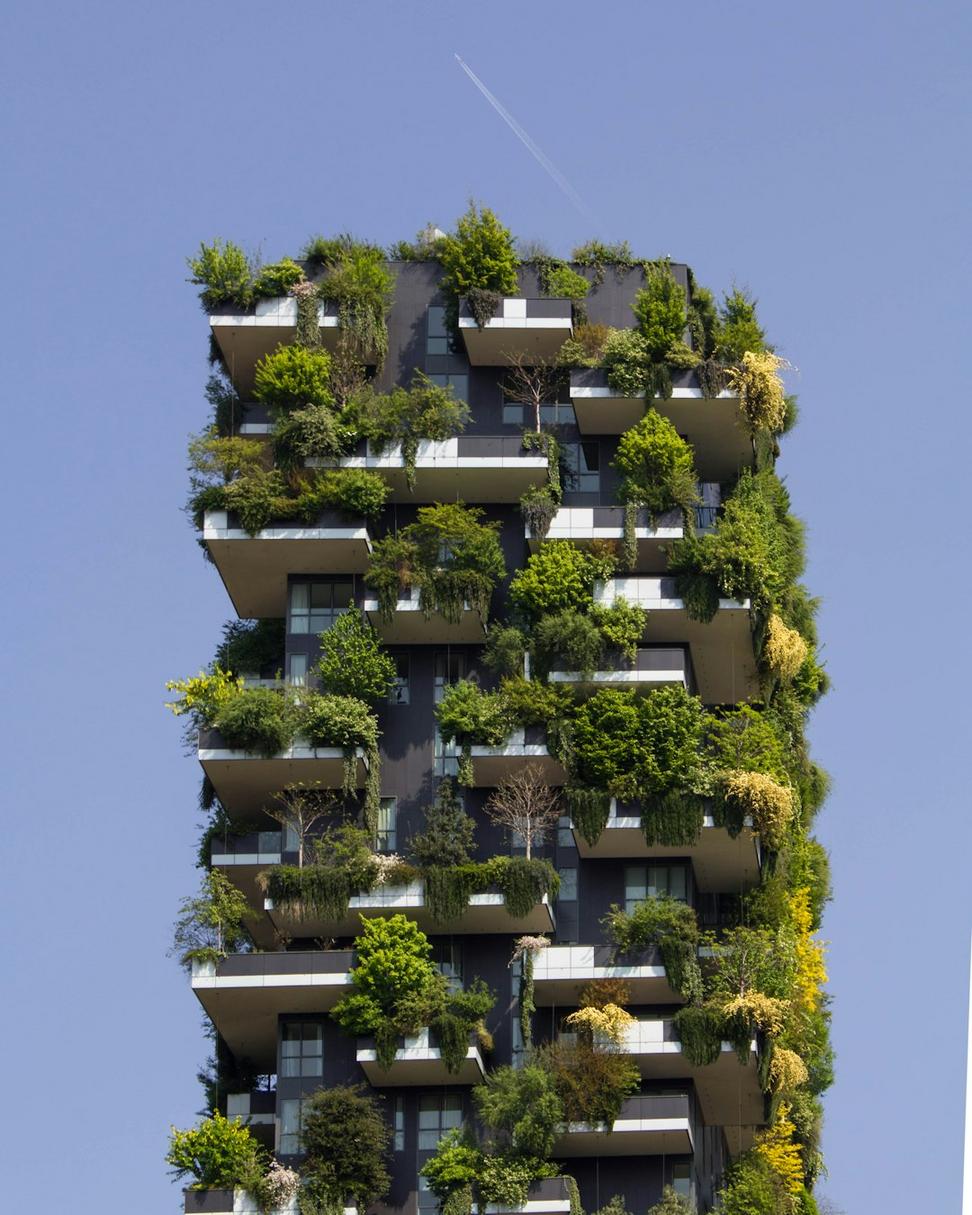
Why This Actually Matters
Here's the thing - industrial buildings are energy hogs. Heritage structures? They're often inefficient relics that need serious rethinking. But tearing everything down and starting fresh isn't exactly eco-friendly either.
We've spent years figuring out how to retrofit old warehouses and factories without losing their character, while making 'em perform like modern facilities. It's tricky work, honestly. You're balancing heritage regulations, structural limitations, and trying to hit LEED standards all at once.
The payoff though? Buildings that'll be around another hundred years, using a fraction of the energy they used to consume. That's not just good PR - it's actual impact.
Our Track Record
We've helped cut operational carbon emissions by an average of 47% across our restored heritage industrial projects since 2018.
